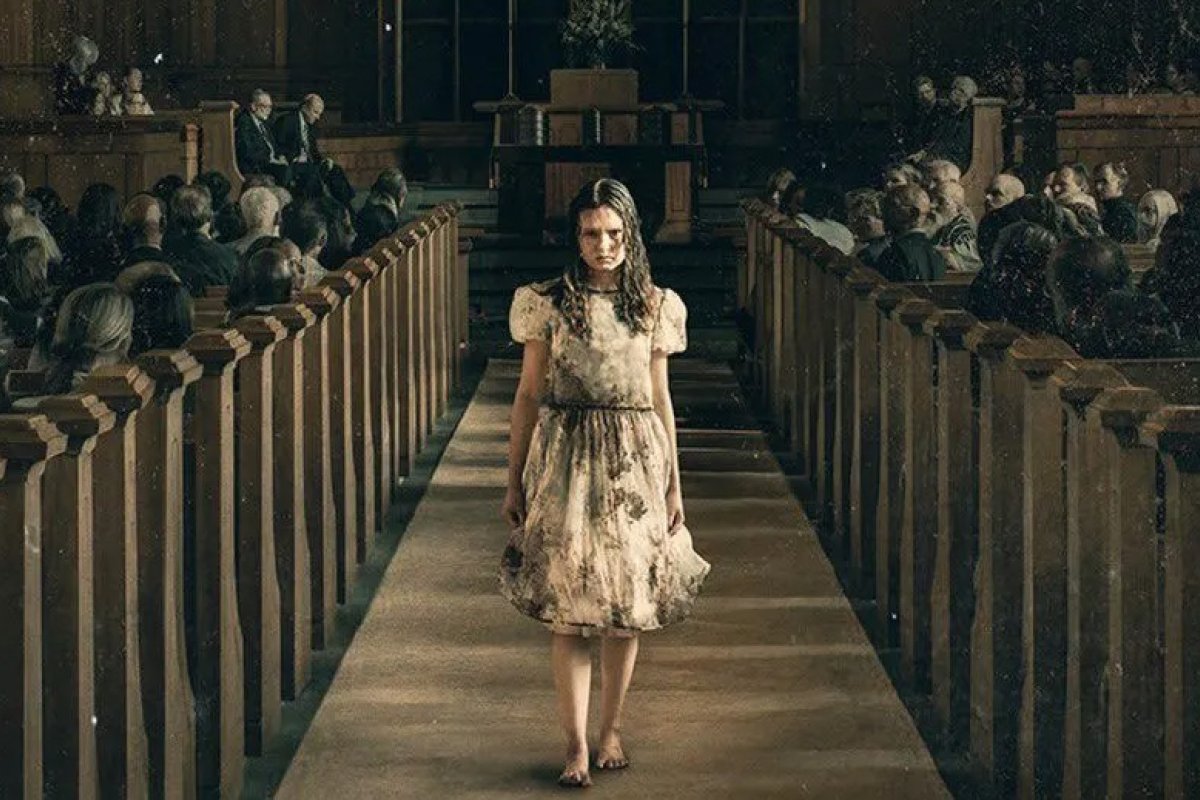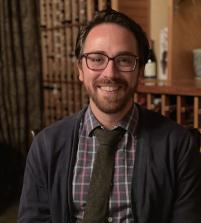
A Demon for Everyone: Religion in the Latest "Exorcist"
The ecumenical, even interfaith, nature of the film reflects the America of 2023.
It’s customary to begin an article about a movie currently in theaters with the requisite spoiler alert. So sure. Fine. Be forewarned. If you’d like to experience The Exorcist: Believer (2023) without any prior knowledge, please stop reading now and return once you’ve seen it.
However, I’d venture to guess that the movie would be almost impossible to spoil. David Gordon Greene’s legacy sequel to The Exorcist (1973) arrives with innumerable genre expectations and delivers on all of them. Open ominously in a foreign setting that hints at a wider supernatural world? Check! Establish loving parent-child relationship? Check! See that same child dabble in occult spiritual arts best left alone? Double check! Watch that child undergo a terrifying and medically inexplicable transformation? Check! All of which leads, inexorably, to the promise of the franchise: She’s got a fever and the only prescription is more exorcism!
The Exorcist: Believer hits all the beats you’d expect. None of this should come as much of a surprise if you’ve seen the original film, or any of its countless sequels, successors, and imitators over the past fifty years. This latest entry does boast two significant twists on its source material, and looking at how Believer departs from The Exorcist suggests some interesting things about the last fifty years of American Catholicism.
The first twist features in the trailer and on every poster: where once there was one poor little possessed girl, now there are two. The second twist did come as quite the surprise, though. Rather than a strictly Roman Catholic religious setting, Believer brings multiple religions to the table. Curiously enough, this entry in The Exorcist saga is a film about local communities of faith coming together in times of crisis. As my friend and colleague William Chavez put it to me in an email: “Believer mirrors a corny joke set up: a renounced nun, an evangelical pastor, a charismatic neighbor, a Hispanic unsanctioned priest, a Black atheist, and a Haitian root worker walk into a room... and exorcise two girls.” For me, this was both the most fascinating move the filmmakers made and a big reason the movie failed to frighten.
Before diving into why interfaith cooperation didn’t scare me, we should note why David Gordon Greene & Co. would make that move in the first place. Sure, you could chalk it up to simply trying to set their story apart. I think it’s more than that, though. The original, which scared (and continues to scare) the bejeezus out of millions, hinges on two priests saving the day. It is a celebration of the moral surety and sacred authority of the Catholic Church. This story of superhero priests battling supernatural evil was a much more straightforward sell in 1973. In the Seventies, many Americans were nostalgic for a time when the supernatural felt alive and at work in the world. For Catholics in the wake of the Second Vatican Council, this longing was especially sharp. Vatican II opened the Church doors to the modern world. The changeless Church, it seemed, was changing rapidly. The Exorcist was the One True Church striking back!
Today, however, we Americans find ourselves amidst a continuously unfolding clerical sexual abuse crisis. We watch as the horrors perpetuated by Catholics throughout US history—in Indian Board Schools, in the enslavement of Africans—come to light. Ex-Catholics make up one of the fastest growing religious demographics. In this context, it’s much harder to tell stories of superheroic priests and their Eternal Church. (Some still do, of course. See The Pope’s Exorcist.) The Conjuring universe solves this problem by replacing hero priests with a guitar-playing, spiritually-eclectic, Catholic lay couple. The first film even ends with a joke at the Church’s expense: Lorraine and Ed Warren are told the Vatican has approved an exorcism after they’d already succeeded by performing an unauthorized one on their own.
The Exorcist: Believer takes matters a few steps further. As in The Conjuring, here too the Catholic Church refuses to approve an exorcism. What happened next is shockingly ecumenical. The Black atheist father and evangelical Christian parents of the two possessed girls decide to tackle this demon together. They are joined by an evangelical pastor, a Pentecostal friend, a Catholic who once flirted with becoming a nun, and a Black practitioner of rootwork and conjure. The ecumenical, even interfaith, nature of this exorcism reflects the America of 2023, not the Catholic nostalgia of the Vatican II era.
The seeds for this interreligious exorcism are sown when Leslie Odom Jr.’s character, Victor Fielding, seeks the help of Chris MacNeil (Ellen Burstyn). Chris is the mother of Regan, the girl possessed and exorcised in the original Exorcist. The 1973 film steeped its secular characters in the intricacies of obscure Catholic rites, ones even most Catholics wouldn’t have known. The Exorcist: Believer, on the other hand, quickly and comprehensively translates possession into a universal phenomenon. Chris meets Victor’s skepticism with a healthy dose of “it doesn’t matter what you believe.” Human beings across cultures, she explains, have experienced possession. They have different names for the problem and different rituals for the solution. Whatever you want to call it, what matters is the fact that an evil alien entity has taken your daughter and needs to be dispelled by any means necessary. In effect, Chris MacNeil (and the film itself) offers up the familiar “many paths up the same mountain” metaphor… but for exorcisms.
All this amounted to a much less frightening film than its namesake. Please don’t mistake me. No, I don’t have a problem with a non-Catholic Exorcist. Yes, I know spirit possession is not peculiarly Catholic. The problem was not insufficient Catholicity, but a lack of commitment. There are times Believer seems to imply that Haitian Voudou and African American conjure are the only efficacious spiritual powers at play. That is an interesting idea. I would have loved the film to commit to it more thoroughly. Alas, instead, it muddled its way to the end without much narrative or theological coherence. (Shout out to another friend and colleague, Megan Goodwin, who shared this hot take as we left the theater.)
The Exorcist worked because it invited people into the intimacies and intricacies of a Catholic worldview, and, in so doing, tapped into fears and desires bubbling beneath the surface of the American psyche. Both Catholic and non-Catholic Americans, it turned out, were excited and terrified by the idea that the world might be more enchanted than they assumed! The Exorcist: Believer, on the other hand, does not invite us into the particularities of a world so much as provide a survey on a subject. It offers us a world-religions textbook chapter in lieu of a field trip into the lived religion of the weird. It errs on the side of one-size-fits-all universalism. Ironically, in conjuring a demon for everyone, the film ends up scaring no one.
Featured photograph from Universal Pictures


